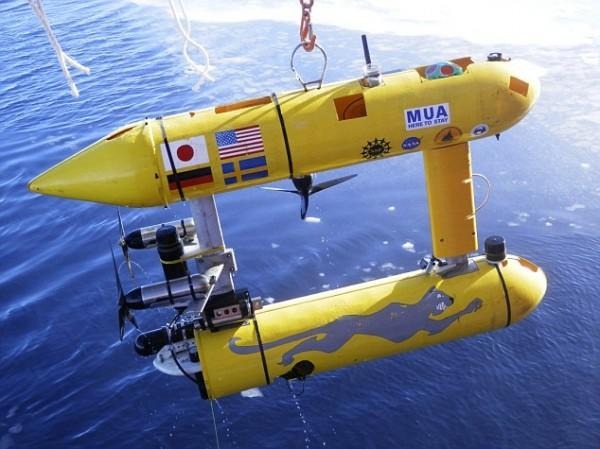Sub Shows Antarctic Ice Not As Thin As We Thought
When we discuss the overall health of our planet, we typically have to entertain the idea that ice is melting at a rate quicker than we're comfortable with. The way we currently measure ice is via satellite flyovers and boring through ice caps, which doesn't give as accurate a picture as we'd like. A new submarine, dubbed SeaBED, is taking much of the work below the surface. The unmanned sub sends a sonar blast from the bottom, and what we're learning is that ice caps may not be as thin as we'd imagined.
The six-foot, twin-hull design is the work of researchers at Massachusetts's Wood Hole Oceanographic Institution (WHOI). The craft, once deployed, self-guides under the ice layer, and blasts sonar pulses upward to measure ice structure and thickness.

Scientists are currently measuring Antarctic sea ice, and using SeaBED's data in conjunction with tier surface boring and satellite imagery. They're finding ice sheets in the Antarctic are up to 56 feet thicker than previously thought in some areas.
Though SeaBED provides greater detail of the ice sheets, it does so in limited range. The team analyzing the data compare it to looking under a microscope, which makes the data hard to comb through, but gives a much more accurate picture of what's going on once the data can be parsed.
Source: WHOI
